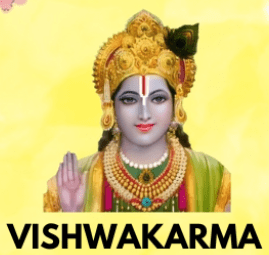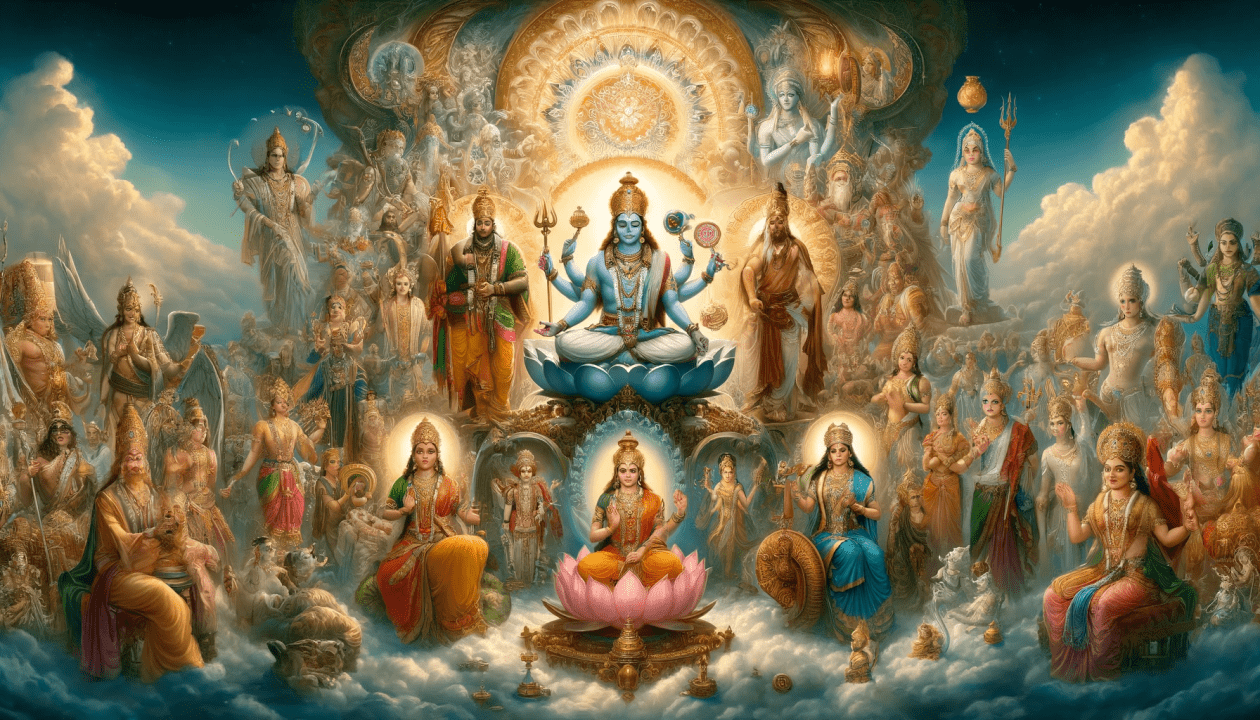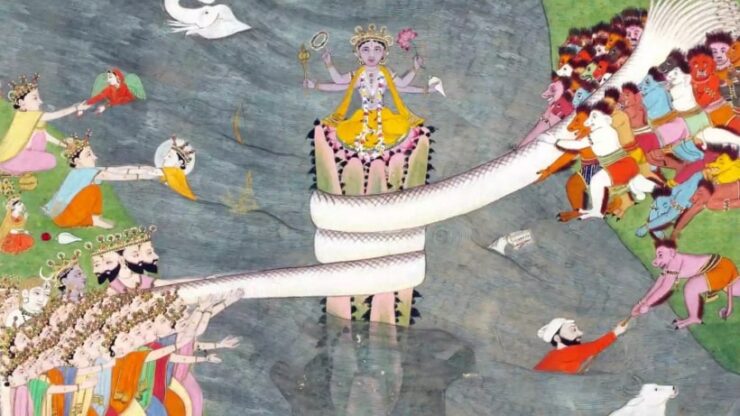In the ancient texts, Satya Yuga, also known as Sadyug (Sat+Yuga) or Krita Yuga, is considered the first of the four famous ages. The oldest Vedic texts do not explain the beautiful division of ages into Sadyug, Tretayug, etc., but the Smritis and Puranas provide detailed descriptions of these four ages.
According to the Puranas, Satyayuga began on the great Chaitra Shukla Chaitra Navratri Pratipada Sunday and lasted for 17,28,000 years. During this era, four incarnations of Lord Matsya, Kurma, Varaha, and Narasimha occurred and there was an abundance of golden utensils. People were extremely tall and lived very long lives, with Pushkar as the main pilgrimage site.
Knowledge, meditation, and penance were prevalent during this era. This period was known as “Kritya Yuga” since every individual achieved the desired results of their efforts. The Dharma was complete in all respects, and the only reliable scripture was the Dharmashastra of Manu. According to the Mahabharata, following the Kaliyuga, this era will be reinstated by Kalki (Vana Parva 191/1-14). The nature of the religion of this era is visible in Van Parv 149/11- 125)
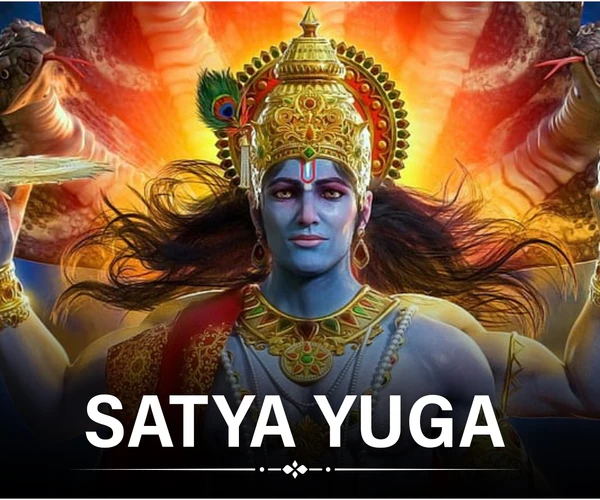
SATYA YUG BHAGWAN VISHNU JI AVATAR
It is said that Lord Vishnu took a total of four incarnations in Satyayug. In this era, Shri Hari took the incarnation of Matsya, Kurma, Varah and Narasimha. God took these incarnations for the purpose of killing Shankhasur, redeeming the Vedas, relieving the burden of the earth and killing Hiranyakashyap respectively. The story of King Harishchandra of Lord Shri Ram is also linked to Satyayug. After the end of Satyayug, Treta Yug and then Dwapar Yug came
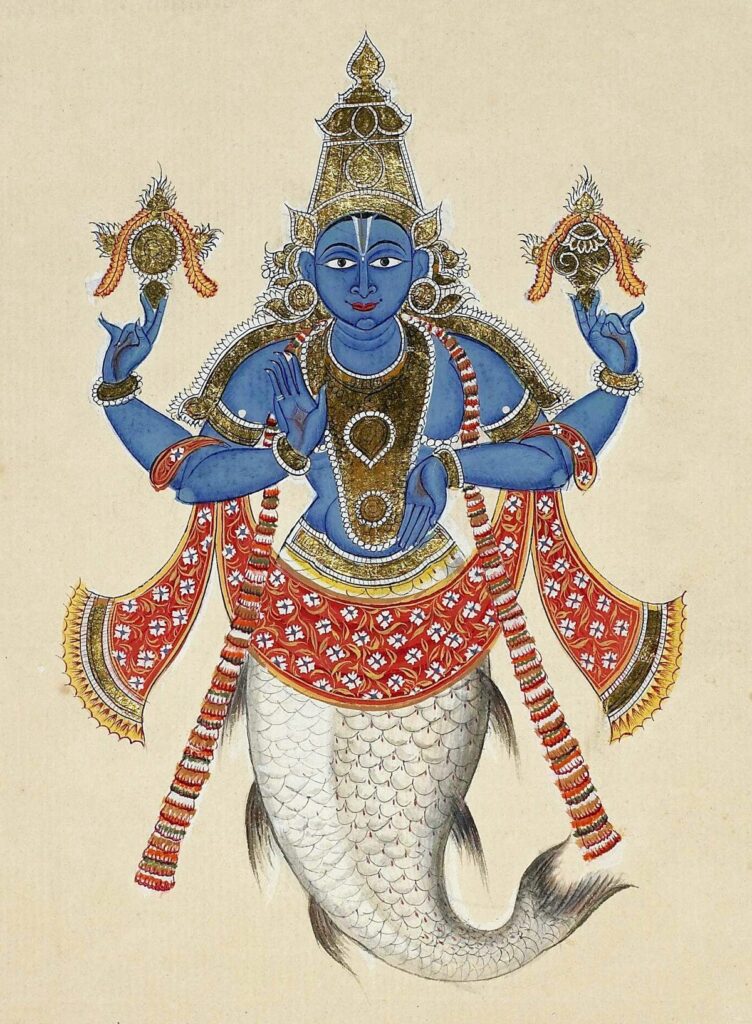
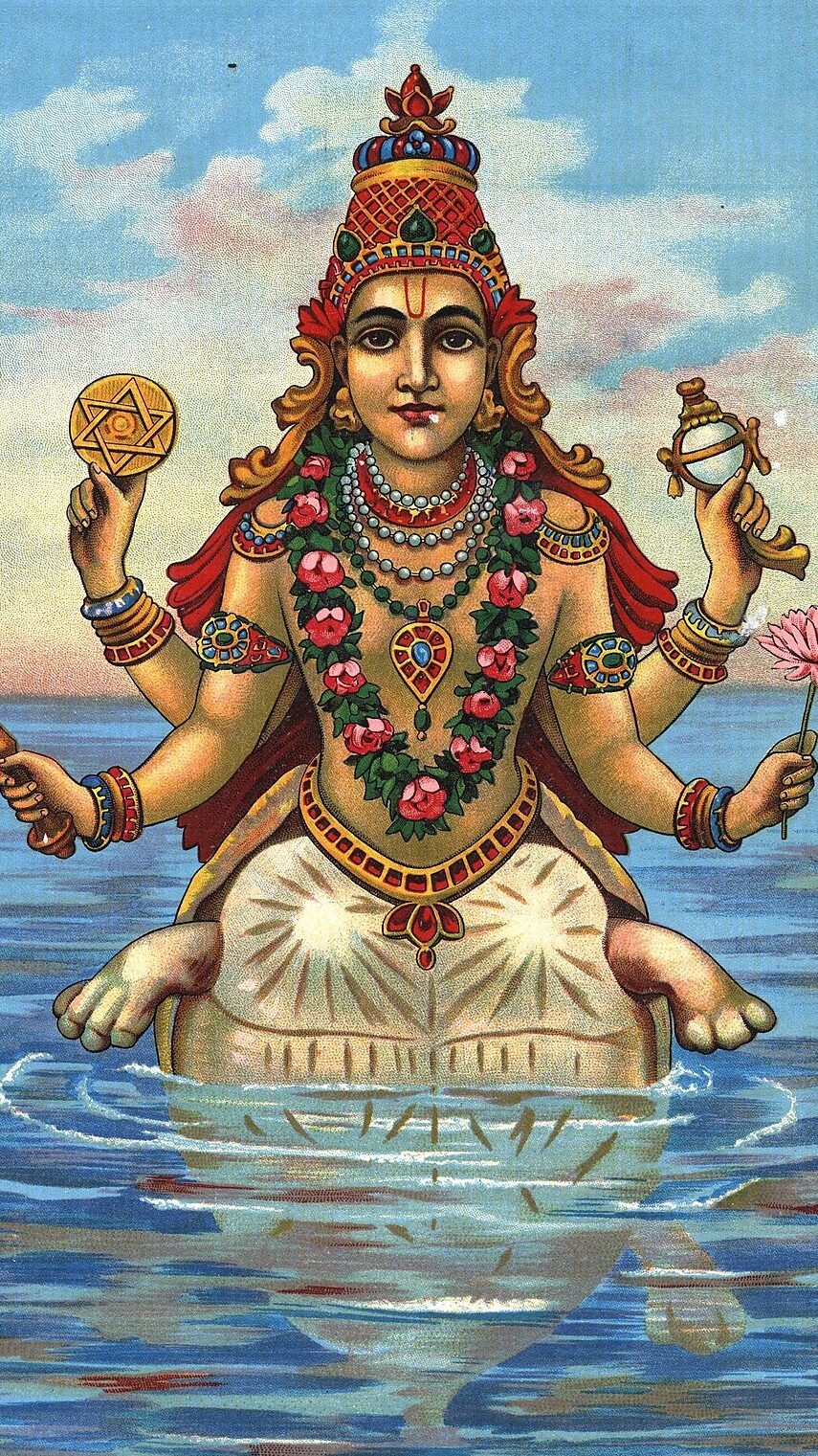
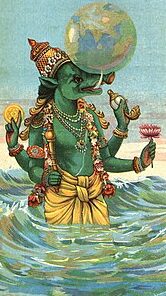
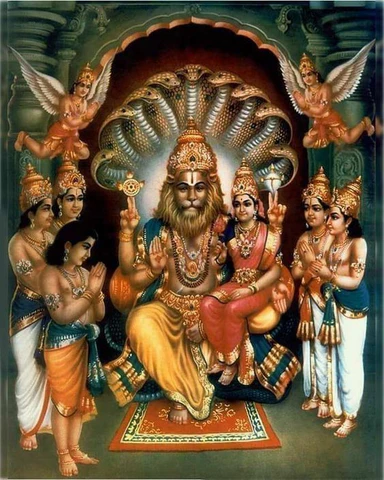
17 LAKH OLD SATYA YUG
The history of Satyayug is said to be 17 lakh years old. It is also called Krita Yuga. There are beliefs that in Satyayug, sin was at a very low level or it was almost negligible. It is called the age of truth, penance, rituals, and charity. Satyayug started with the Akshaya Tritiya festival. The people of this era lived a very long life and were very tall. They were full of knowledge and penance. The currency of Satyayug was made of gems and gold vessels were used in it.
